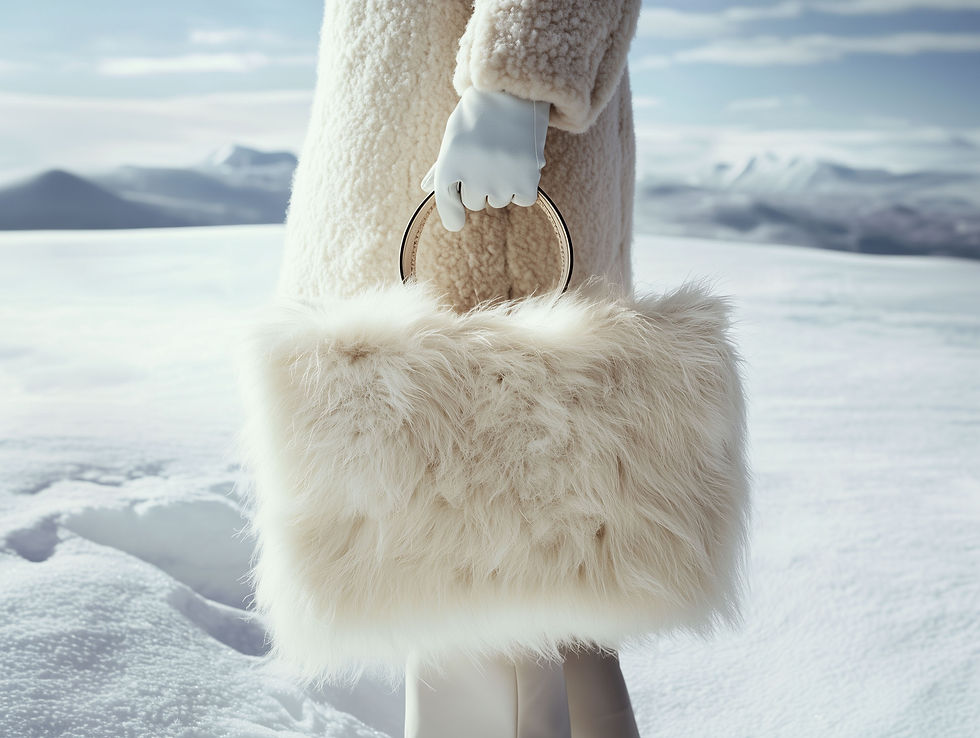Patterns in Fashion: vii. Natural World
- Joanna

- Jun 17, 2022
- 2 min read
Updated: 2 days ago
The potential for patterns influenced by nature is vast, drawing inspiration from a variety of sources such as tropical birds, insects, butterflies, snakes, tigers, zebras, leopards, crocodiles, fish, leaves, trees, ferns, flowers, shells, and more.
Originally, fashion came directly from nature. Animal furs and skins were initially used as clothing by our ancestors, with tribes, royals and aristocrats from around the world, displaying the skins, furs and bones obtained through hunting for prestige or status.
Historically, the exploration of medicinal plants and botanical gardens, grown in royal palace gardens, along with the gathering of natural history specimens was documented from around the 1500s in Europe. These plants and flowers served as the inspiration for botanical embroidery, as seen in the exquisitely crafted garments worn by affluent women.
During the Victorian era, the hobby of collecting and studying natural specimens like shells and fossils from beach excursions gained popularity among the middle and upper classes, as dinosaur remains began to be more widely discovered and identified. Both adults and children found pleasure in pressing flowers and ferns gathered from the countryside. This fascination with the natural world eventually found its way into the popular manufactured printed fabrics of the time.

Leopard print has been a prominent feature in mainstream fashion since the 1920s, popularised by Hollywood film stars such as Joan Crawford. In the 1950s and 1960s, a leopard print coat symbolised affluence and was incorporated by Christian Dior in his 'New Look' (1947).
During the early 1960s in New York, Bob Dylan brought fame to Edie Sedgwick's 'Leopard-Print Pill Box Hat' through song. Known for her interpretation of the Mod style of the early 60s, Sedgwick was an heiress, it-girl, and a close associate of Andy Warhol.
However, by the late 1960s, animal prints and furs began facing public criticism due to concerns over animal cruelty, coinciding with the rise of peace and non-violent values in culture and fashion.
Nevertheless, in the 1970s and 1980s, leopard print resurfaced as a trend in rock music, symbolising raw power and primal energy. Nowadays, leopard print is predominantly crafted from synthetic fabrics and is considered a timeless fashion staple.
On a more abstract note, Alexander McQueen's final collection in 2010 was inspired by the imagined scenario of nature's destruction and the transformation of humans into amphibious beings to adapt to rising sea levels.
More recently, Iris Van Herpen's 2020 runway collection 'Sensory Seas' utilised cutting-edge techniques like laser-cut translucent layers to evoke marine organisms. Fashion designers will continue drawing inspiration from the intricate patterns of the natural world and its boundless beauty.
For an understanding of how you could best wear natural patterns, please book a Body Type Style Analysis.


